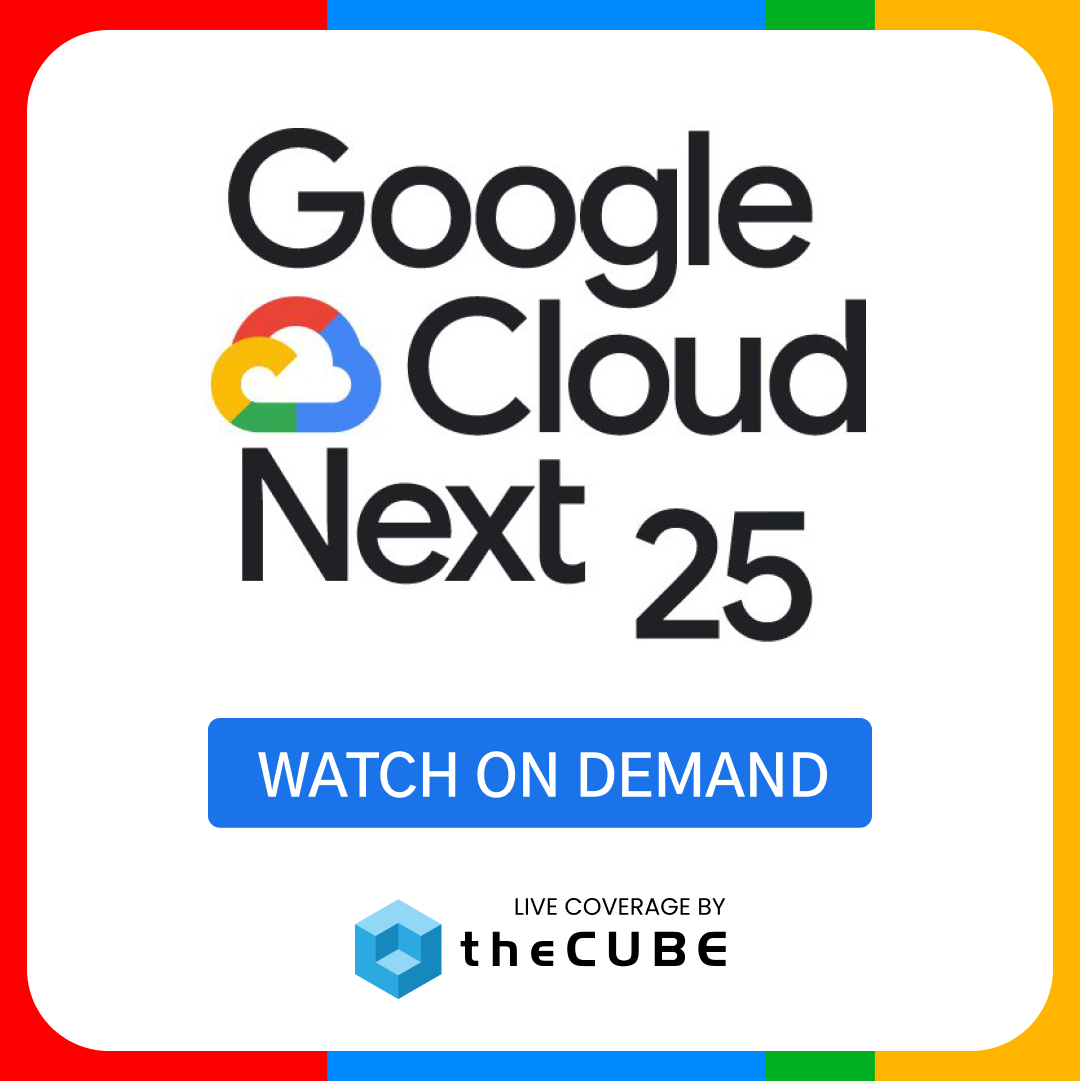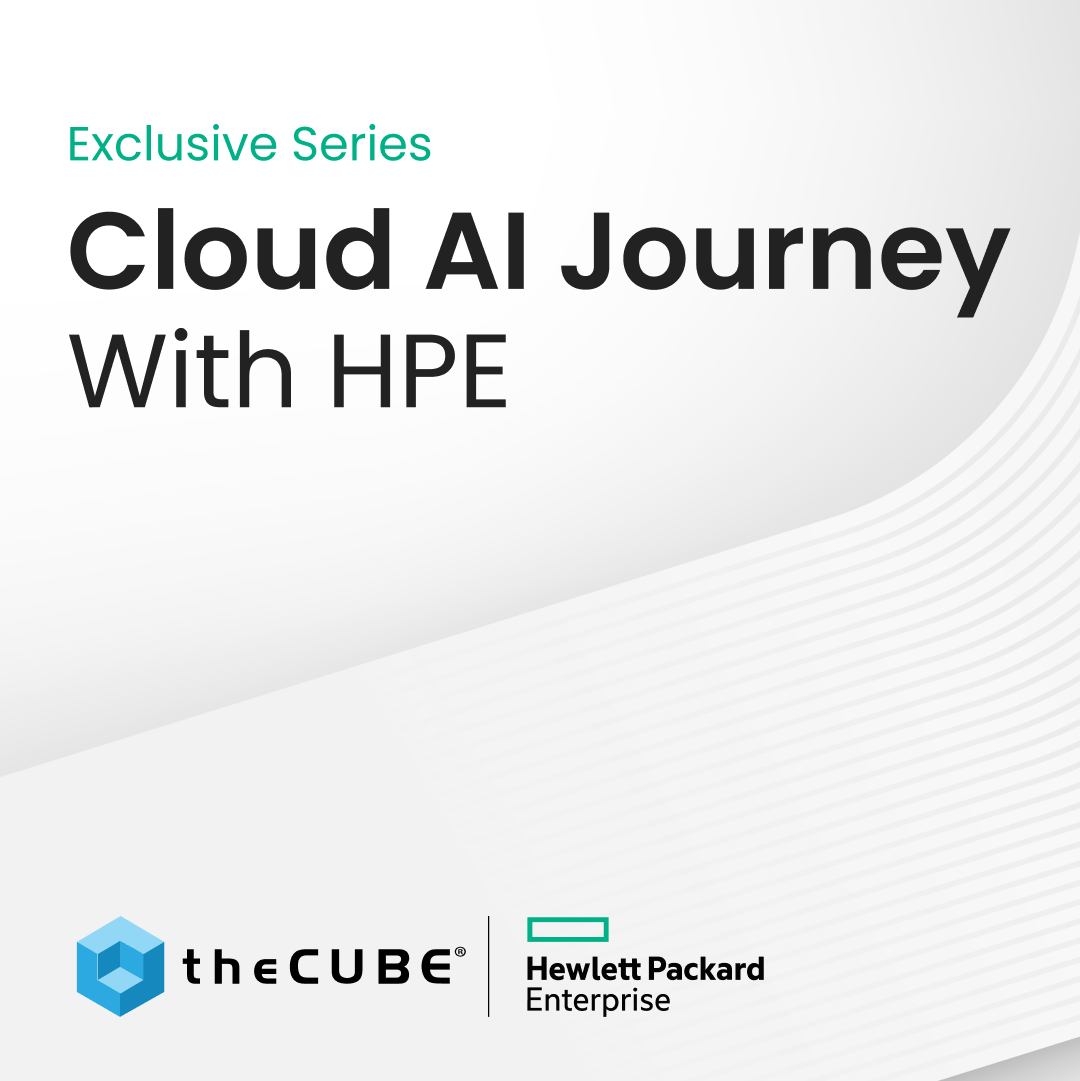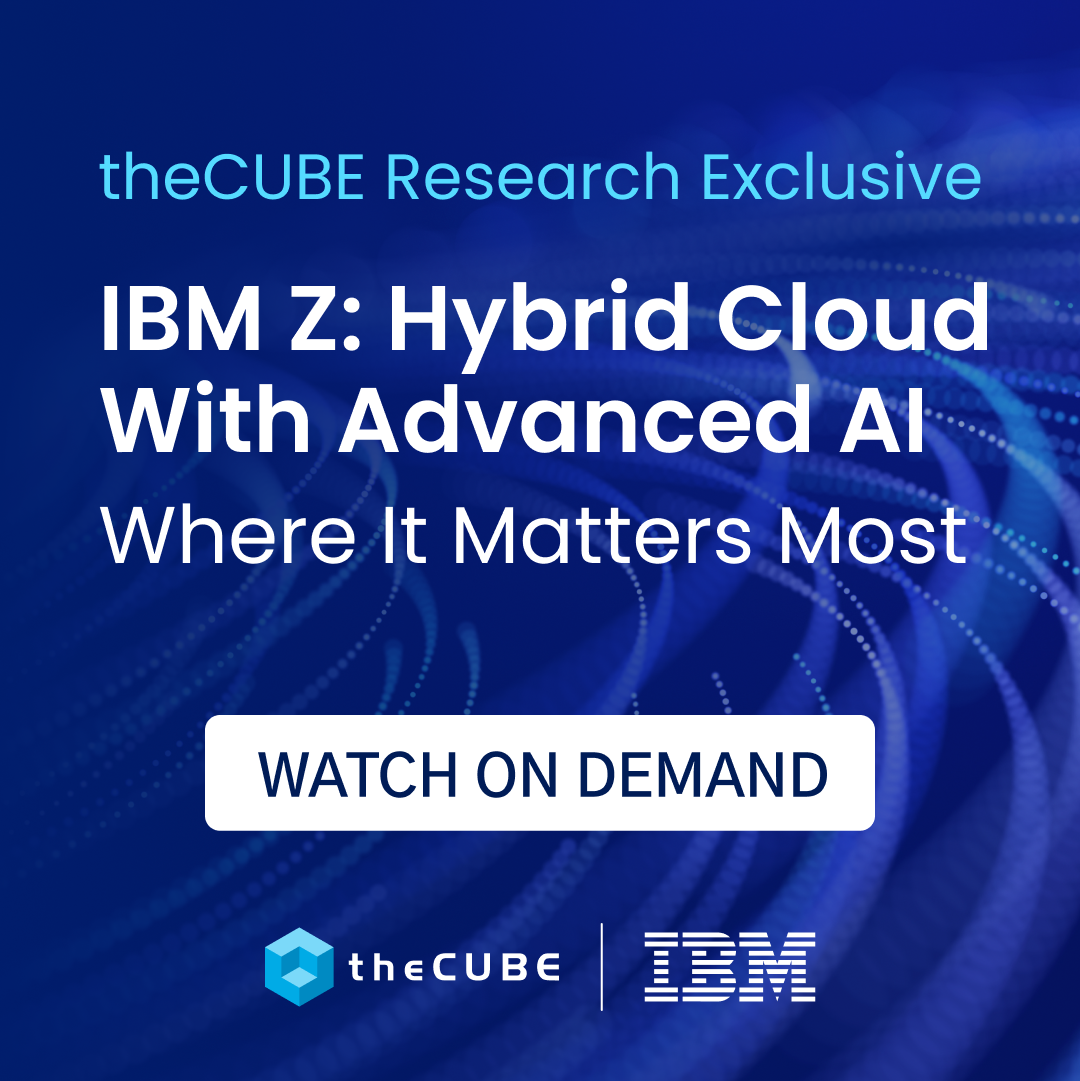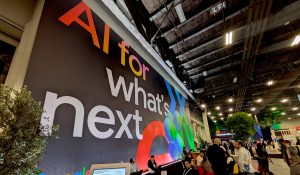The role of cloud in smart home protocols : People Power CEO puts software first
![]() As thrilling as the smart home sounds, the reality of this tech takeover is being stalled by slow user adoption. A recent white paper from Forrester Research reveals the growing consumer interest in home automation, but also demonstrates the massive gap that keeps interest from converting into purchases. It’s not hard to see why. Just think of the trouble that used to go into setting up the home stereo to the TV and VCR. Or the last time you attempted to print something wirelessly. It’s a frustrating process trying to get multiple machines from varying manufacturers to work together via electric power and wireless communication. And the smart home faces the same debacle.
As thrilling as the smart home sounds, the reality of this tech takeover is being stalled by slow user adoption. A recent white paper from Forrester Research reveals the growing consumer interest in home automation, but also demonstrates the massive gap that keeps interest from converting into purchases. It’s not hard to see why. Just think of the trouble that used to go into setting up the home stereo to the TV and VCR. Or the last time you attempted to print something wirelessly. It’s a frustrating process trying to get multiple machines from varying manufacturers to work together via electric power and wireless communication. And the smart home faces the same debacle.
Right now the smart home market is a fragmented sector with dozens of devices and a handful of services, many operating in their own bubble of protocols and software interfaces. As the smart home becomes a standard for residences across the world, these devices and services will not only need to work together, but will be incentivized by providing a cooperative interface that automates onboarding (device setup and machine-to-machine recognition & communication).
“It’s a technical challenge to support everything,” says Gene Wang, CEO of People Power. “On the other hand, the big problem with the Internet of Things is you have these silos, even with products like Nest. I really hope they open up their APIs as they said they’d do before the Google acquisition. People don’t want to manage 20 devices with 20 different apps.”
Currently you can find countless startups looking to bridge the chasm between connected devices and the software that manages them, resulting in a cloud-based, software-driven methodology to mature the smart home market. This activity is necessary to build up the marketplace, but plenty of challenges remain.
Putting software first
.
People Power is one company that’s putting software first, recognizing the cloud’s ability to connect not only devices, but also support the incohesive ecosystem underlying the smart home market. The company behind the Presence mobile app for controlling smart home devices, People Power built for mobile and cloud from the start.
![]() “We have something called the Internet of Everything platform,” explains Wang. “We’re famous for our app, and it’s really about the platform. We have a three-layer platform that spans mobile and the cloud. From top to bottom, the three layers are: flexible connectivity, analytics and the interface.”
“We have something called the Internet of Everything platform,” explains Wang. “We’re famous for our app, and it’s really about the platform. We have a three-layer platform that spans mobile and the cloud. From top to bottom, the three layers are: flexible connectivity, analytics and the interface.”
The connectivity layer is most important for supporting standards being established for the smart home market, as it’s agnostic to work with multiple devices. For example, People Power’s Presence app can be used to manage and set rules for smart plugs, thermostats, ZigBee sensors and Bluetooth-driven robots, to name a few.
Like another smart home solution Staples Connect, People Power can’t be “religious” when it comes to smart home protocols. To that end, People Power’s flexible connectivity layer is the top challenge to address with a tool called NetPipes, which makes their software layer protocol independent.
“It’s not been easy,” Wang admits. “We’ll probably be developing the functionality for years to come. It’s more like a marathon. We sprint to the next release and leave some of the other hard work to come. We’ve had to build three or four ways to develop integration. You can’t support everything with just one approach.”
Promoting protocol standards
.
There are three primary approaches People Power has built into its platform, all of which promote protocol standards and a cooperative ecosystem of smart home devices and services. The first approach is an open source SDK where People Power’s code can be integrated into manufacturer devices like routers and set top boxes.
The second approach is cloud-based, where People Power enables machine-to-machine interactions. Many emerging smart home solutions are cloud-first, but don’t play well with clouds from other providers. Wang sees the cloud as the fastest way for smart home services to “connect up – our cloud is acting as middleware and we can snap together and make interoperability work in the cloud for clean integration for end users on smartphones,” he says.
The third approach is for People Power to adopt protocols from manufacturers. “We’ve done that a number of times, especially with large manufacturers like Samsung,” Wang notes. “They have their way of doing it and the fastest way is to support their APIs and add that to the system. In that way we make our NetPipes module more feature-rich.”
The middleware ecosystem
.
With this multi-pronged approach, People Power is also building its own ecosystem of supported protocols, management tools for developers, and smart home solutions for end users. The cloud is the glue that binds these efforts together, acting as a common denominator to nurture business initiatives.
![]() “On the business side, the fact is that cloud services are really common,” Wang starts. “The whole Big Data computation has moved to the cloud, and from a business side it’s not that easy as a startup or even as a big company to really get the world to coalesce around one particular solution. What we’ve had to do is actually have some very good reasons to support our cloud.”
“On the business side, the fact is that cloud services are really common,” Wang starts. “The whole Big Data computation has moved to the cloud, and from a business side it’s not that easy as a startup or even as a big company to really get the world to coalesce around one particular solution. What we’ve had to do is actually have some very good reasons to support our cloud.”
In fact, People Power has two good reasons to support its cloud middleware: mobile optimization and the Presence store, where smart home service providers can sell directly to consumers the devices that work within People Power’s platform. Not only are these selling points for People Power as it appeals to developers and startups, but also potential for additional revenue streams.
As Wang says, “someone with a connected device and cloud service would want to work with us.”
So how can the smart home market promote standards, and what can it learn from other industries like enterprise IT that face a similar transition? Wang boils it down to one thing: remembering the importance of interoperability standards and working together to (slowly) propel the world towards adoption. “That will help the market grow, ” he says.
Wang speaks from experience, having worked closely with enterprise-grade IT during his years at Bitfone, an earlier startup he sold to HP. At Bitfone Wang helped telecom clients troubleshoot and solve software problems for end users, and supported protocols were extremely important in this environment as well. With Bitfone, Wang and his team helped author in the Open Mobile Alliance Device Management initiative, that helped establish industry standards across the country.
At People Power, Wang is also contributing to open source efforts along with the company’s chief scientist John Teeter. With years of work with NIST and now a White House presidential fellow, Teeter is working on the Green Button project to give all consumers their energy data. One ultimate goal for People Power is to turn consumer data into actionable intelligence, a smart home service that will only grow in demand as automation becomes an established expectation.
“One thing I’ve learned is it’s worth investing in longer term standards – when they come to fruition it can bring the industry up to the next level,” Wang says.
images courtesy of People Power
A message from John Furrier, co-founder of SiliconANGLE:
Your vote of support is important to us and it helps us keep the content FREE.
One click below supports our mission to provide free, deep, and relevant content.
Join our community on YouTube
Join the community that includes more than 15,000 #CubeAlumni experts, including Amazon.com CEO Andy Jassy, Dell Technologies founder and CEO Michael Dell, Intel CEO Pat Gelsinger, and many more luminaries and experts.
THANK YOU















